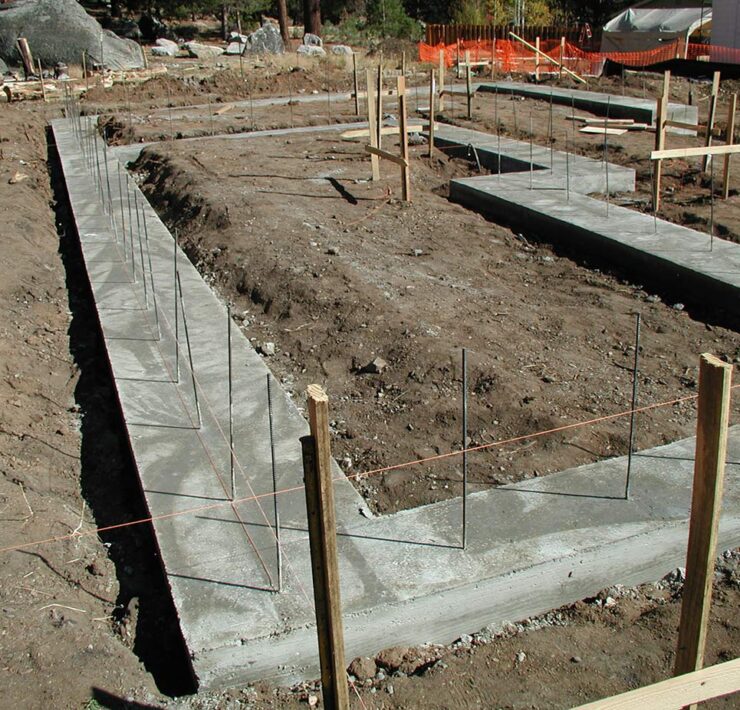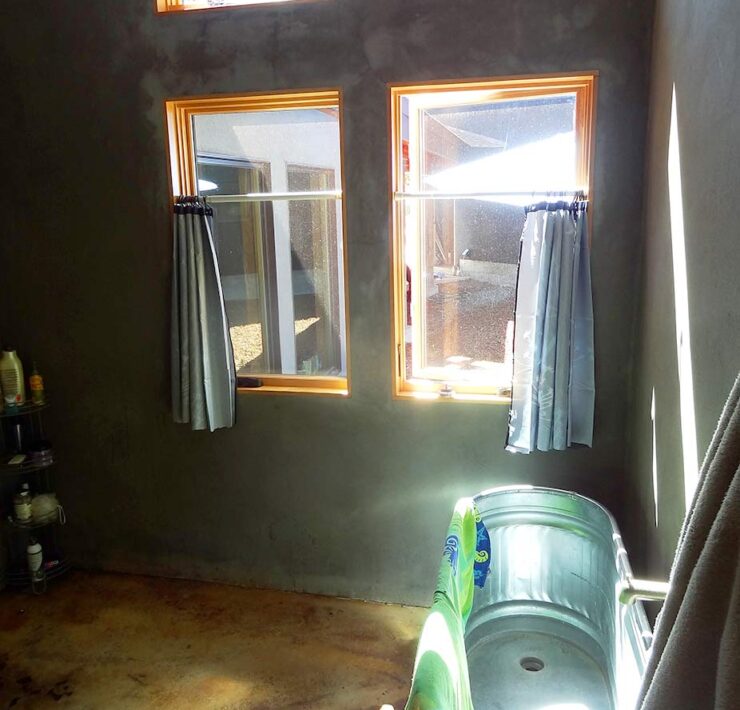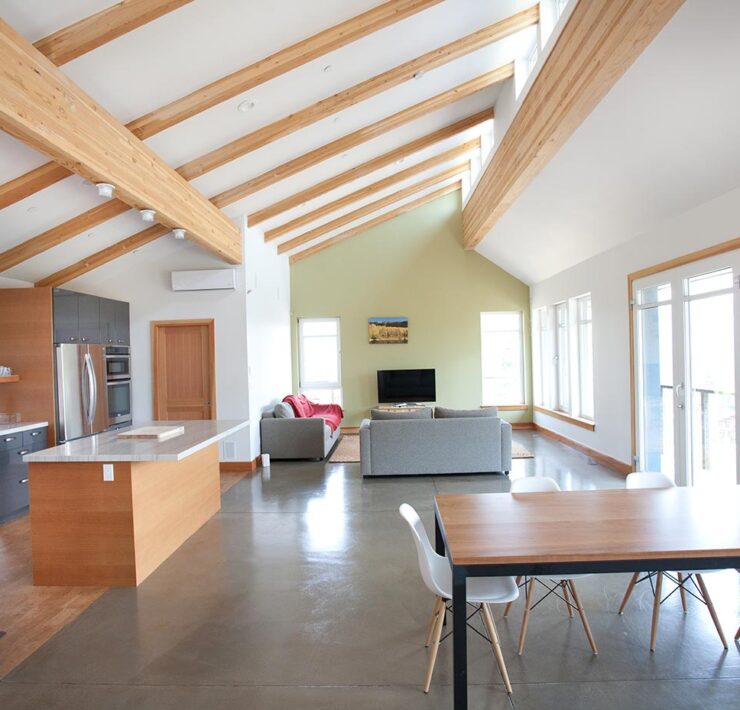Green Building is one of the building blocks of Environmental Architecture.
It consists of practices that make efficient use of energy, water and material resources. It also protects the health and well-being of a building’s occupants. While Environmental Architecture goes beyond green building to incorporate these practices into an architecturally holistic design, an understanding of the basic concepts of green building is important.
In general, a green building is judged in five areas:

Site
Site issues include land-use planning, protection of environmentally sensitive sites, micro-climate control, stormwater management, transportation concerns, and light pollution, among others. Issues such as land-use planning and protection of sensitive sites need to be considered when selecting a site. Managing the micro-climate and controlling stormwater runoff are design issues, which are planned for during the design process.

Water
Conservation of water and limiting the amount of wastewater sent to treatment facilities are the main concerns here. The potential for saving water used in landscaping is considerable. In some climates, rain water can be harvested, stored, and later used to irrigate plants. Reducing water use inside the building is a matter of using efficient appliances and fixtures. Gray water (any water that has been used in the home, except water from toilets) can also be used for irrigation or toilet flushing further reducing the use of potable water and waste water.

Energy
Reducing the use of non-renewable carbon-based energy sources is one of the most important issues facing our planet today. Reducing the amount of energy consumed in a building has probably the largest impact of all green building issues on the global environment and the personal finances of the owners and occupants of the building. There are many strategies used to lower energy consumption depending on building size, type, and location. Energy can be saved in heating, cooling, ventilating, and lighting the building as well as services within the building such as water heating and electrical distribution. The use renewable energy, created either on site or bought through a supplier, is another way to reduce or eliminate the use of carbon based energy sources.

Materials and Resources
The use of environmentally preferable products is the foremost component of this topic. Environmentally preferable products are materials which are made with recycled content, are easily recyclable after their useful life, are grown, harvested or extracted in an environmentally responsible manner, or rapidly replenished—that is they grow in a less than 10-year cycle such as bamboo or straw. Embodied energy, or the energy that goes into producing and transporting building materials, is another important factor to consider when choosing construction products. Other strategies include choosing structural systems that also serve as the finish product and using durable products that will last longer and not need to be replaced as often.

Indoor Environmental Quality
This category has long-ranging effects on the building occupants and their health and comfort. The sub categories here include indoor air quality (IAQ), daylighting, thermal comfort and acoustics. Studies have shown that properly designed daylighting has a significant impact on the occupants of a space. Thermal comfort ensures that a building is a comfortable place to be and that the occupants can use the building for its intended purpose.



